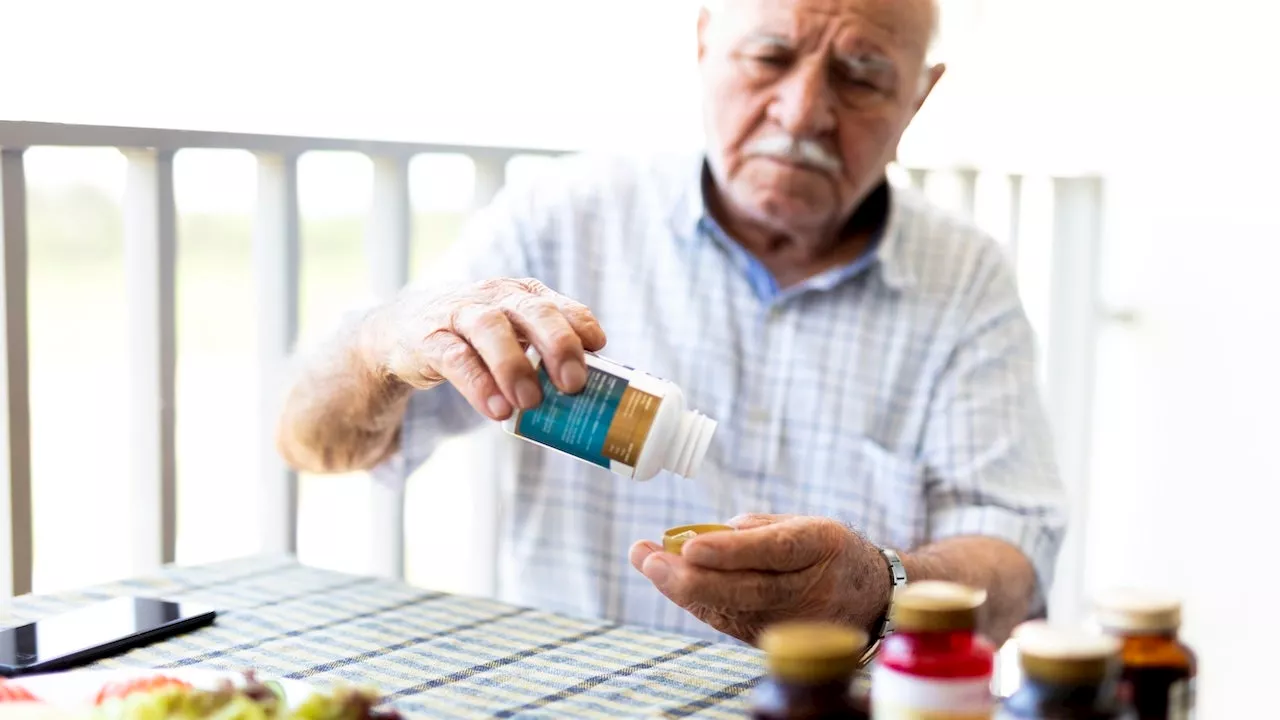A new study suggests that morin, a compound derived from apples, figs, and guava, may provide a natural alternative to antibiotics in the treatment of gum disease. Conducted by scientists at São Paulo State University’s Araraquara School of Dentistry in Brazil, the research highlights morin’s antimicrobial, anti-inflammatory, and antioxidant properties against bacteria associated with periodontal disease.
The findings, published in the Archives of Oral Biology this month, indicate that morin could be a viable option for managing gum disease, which affects nearly half of the global population according to the World Health Organization. The researchers developed a powder formulation that allows for controlled release of the compound in the mouth, a significant advancement in dental care.
The study’s lead author, Luciana Solera Sales, explained that morin was chosen for its natural origin, affordability, and widespread availability. The research team utilized a method similar to that used in powdered milk production, enabling the slow release of morin in the oral cavity. This could provide a continuous therapeutic effect, even in the presence of saliva.
Current treatments for gum disease typically involve dental cleanings and the use of antibiotics when necessary. However, rising concerns about antimicrobial resistance have led scientists to explore safer alternatives. The study proposes that morin-based compounds could serve as a “non-antibiotic adjunctive antimicrobial therapy,” enhancing treatment outcomes without contributing to resistance.
While morin is naturally present in various fruits and vegetables, the researchers caution that simple consumption is insufficient for therapeutic purposes. “The substance needs to be processed,” said Sales, emphasizing the importance of scientifically formulated treatments. The team combined morin with sodium alginate and gellan gum, polymers that help protect the compound and allow it to adhere to teeth and gums longer.
The potential applications of this morin formulation are broad. Fernanda Lourenço Brighenti, a professor involved in the research, noted that it could be integrated into oral hygiene products such as toothpaste or mouthwash. This would be particularly beneficial for individuals with limited ability to maintain oral hygiene, including older adults and those with disabilities.
Looking forward, the researchers aim to create a version of the morin-based product that is not only safe and effective but also pleasant-tasting and suitable for large-scale production. They plan to conduct further animal and clinical studies to verify its safety and efficacy.
Dr. Richard Nejat, a periodontist based in New York City, expressed optimism about the research. He described it as indicative of a shift toward more natural, antibiotic-free approaches in dentistry. Yet, he emphasized the need for clinical trials to assess how morin interacts with the complex ecosystem of the mouth and its long-term effects on oral health.
Dr. Ilona Fotek, a holistic dentist in Florida, cautioned that potential plant-based treatments must be rigorously studied. “A ‘natural’ label doesn’t automatically mean safe, especially without human data,” she stated, raising concerns about the potential for unregulated DIY treatments emerging from such studies.
The research into morin represents a promising step toward developing plant-based, antibiotic-free dental solutions. If successful, it could pave the way for innovative approaches to preventing and managing gum disease, ultimately enhancing oral health care for millions worldwide.







